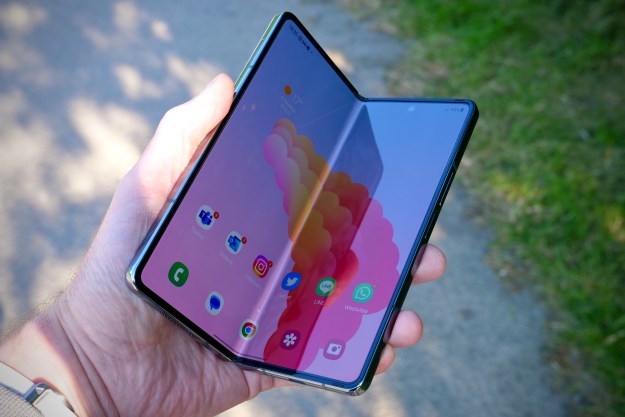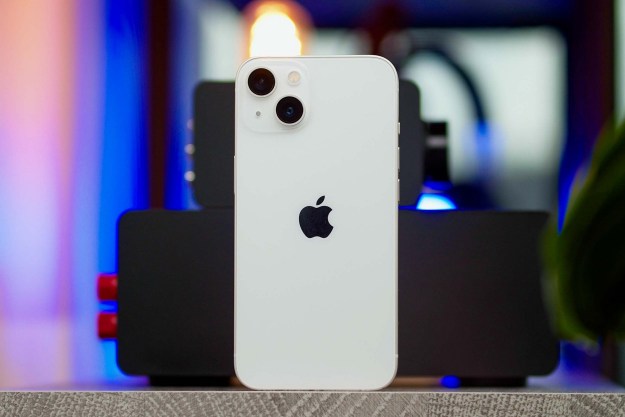 Buoyed by the success of its app-based port-a-thon event last week which saw over 15,000 apps submitted to the BlackBerry World store in less than 38 hours, Research In Motion put on another one last weekend, calling it the Last Chance Port-A-Thon.
Buoyed by the success of its app-based port-a-thon event last week which saw over 15,000 apps submitted to the BlackBerry World store in less than 38 hours, Research In Motion put on another one last weekend, calling it the Last Chance Port-A-Thon.
According to a tweet from the mobile maker, this one was even more successful than the first, with a shade over 19,000 apps ported by Android and BlackBerry developers to the soon-to-launch BlackBerry 10 platform in the space of just 36 hours.
Speaking to Fierce Wireless at CES earlier this month, RIM’s chief marketing officer Frank Boulben said the new BB10 platform, set to be unveiled on January 30, will launch with around 70,000 apps. But that was before these two port-a-thons had taken place, so it appears there’ll be even more offerings to owners of new BB10 devices when they hit the market some time in February.
The Last Chance Port-A-Thon was a virtual event, allowing developers to work from anywhere in the world. RIM had experts on hand to help with any questions or difficulties encountered during the 36-hour event.
Going by the huge number of apps submitted, it appears the incentives offered by RIM did the trick in motivating developers. The Canadian mobile maker said it’ll pay $100 to every approved app, up to a maximum of 20 apps per developer.
While you might think RIM is setting itself up for a hefty payout of up to $3.4 million (assuming all the submitted apps from both port-a-thon events are accepted and that no developer submitted in excess of 20 – an unlikely scenario, granted), the Ontario-based company says in the small print that “a total of $500,000 is available for distribution.”
Other incentives included entry into a draw for those who submitted five or more apps, with a BlackBerry 10 Dev Alpha device offered as the prize (250 up for grabs).
In preparation for the launch of its new platform next week, RIM announced yesterday it was losing the word “app” from the name of its online store, which is now called BlackBerry World. RIM said the new name reflects a change in the kind of items you’ll soon be able to purchase from the store – videos and music will soon be offered, too, alongside the current library of apps.
UPDATE: RIM announced Monday it has decided to extend the deadline for its port-a-thon program, saying in a blog post that “the response and interaction from developers has been nothing short of amazing.” Details here.
[Image: BlackBerry Dev blog]


